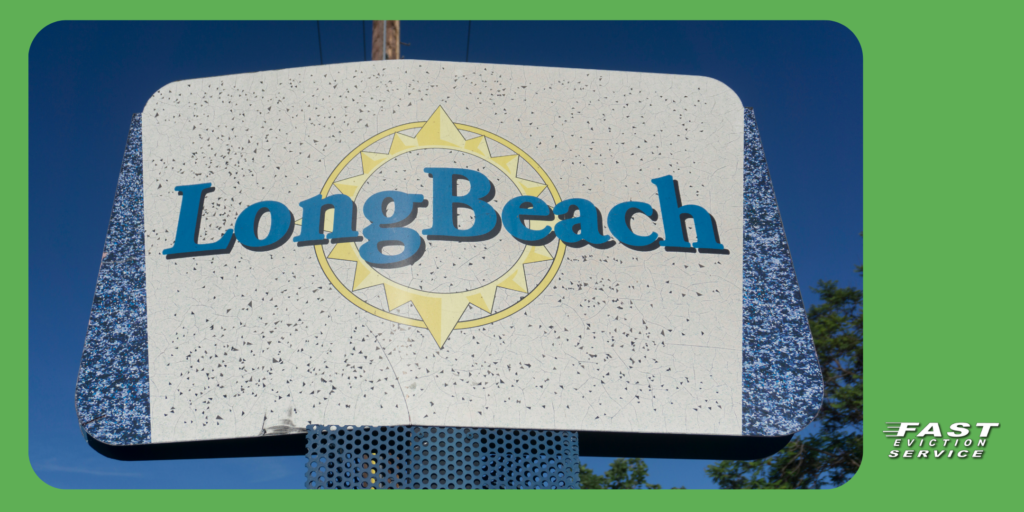Chapter 8.99 of the LBMC outlines the regulations pertaining to Just Cause for Termination of Tenancies. Section 8.99.020 (2) introduces the concept of no-fault just cause, which permits the removal of current tenants under specific circumstances. Notably, Section 8.99.020 (2) (D) specifies that the intent to demolish or significantly renovate the residential real property enables property owners to displace existing tenants. However, it is important to highlight that this provision does not apply to institutional housing, such as hotels, licensed care facilities, and dormitories. Furthermore, owner-occupied single-family and duplex properties are also exempt from this requirement.

The term “Substantially Remodel” refers to the extensive alteration or replacement of any structural, electrical, plumbing, or mechanical system that necessitates a permit from a government agency. It also encompasses the removal of hazardous materials such as lead-based paint, mold, or asbestos, in compliance with relevant federal, state, and local laws. These modifications or abatements cannot be reasonably conducted with the tenant remaining in the premises safely and require the tenant to vacate the residential real property for a minimum of 30 days. It’s worth noting that superficial enhancements such as painting, decorating, minor repairs, or other work that can be carried out without requiring the property to be vacated, do not qualify as substantial rehabilitation or remodeling.
In the event of a no-fault just cause, such as a substantial remodel, the Owner is obligated to provide tenants with a termination notice. This notice must include the following elements:
1. A copy of all permits that have been issued for the remodeling project.
2. Sufficiently detailed information regarding:
(i) The extent and nature of the substantial remodeling work that will take place.
(ii) The reasons why it is impractical to carry out the remodeling work with the tenant remaining in the property in a safe manner.
(iii) The necessity for the tenant to vacate the premises for a minimum period of 30 days.
By including these components, the notice ensures that tenants are well-informed about the remodeling project, its requirements, and the need for them to temporarily vacate the property for their safety.
Prior to issuing a notice to terminate a tenancy for a no-fault just cause, the owner must ensure that they have acquired all the required permits for the substantial remodel from the relevant governmental agencies. Additionally, owners are obligated to submit a comprehensive list of all tenants whose tenancies will be terminated as a result of the permitted work to the City of Long Beach. This step ensures compliance with regulatory procedures and facilitates proper record-keeping of affected tenants during the remodeling process.
Notification of Relocation Assistance to Tenants
In the event that an owner issues a notice to terminate a tenancy for a no-fault just cause, it is mandatory for the owner to inform the tenant about their entitlement to relocation assistance or rent waiver as outlined in LBMC Chapter 8.99. The amount of relocation assistance or rent waiver provided shall be the greater of $4,500 or two months’ worth of the tenant’s rent at the time the notice to terminate the tenancy was issued by the owner. The owner or their representative is responsible for directly disbursing the relocation assistance to the tenant.
If an Owner of residential real property deliberately violates LBMC Chapter 8.99 by issuing an invalid termination notice according to subparagraph 2(D) of Subdivision (b), they shall be held accountable in a civil action. In such cases, the Owner may be subject to a civil penalty amounting to $15,000, and may also be responsible for reimbursing the tenant’s reasonable attorney’s fees and costs, as determined by the court. To enforce the provisions outlined in subdivision (i), tenants have the option to initiate a civil action.
You can download the form here.
